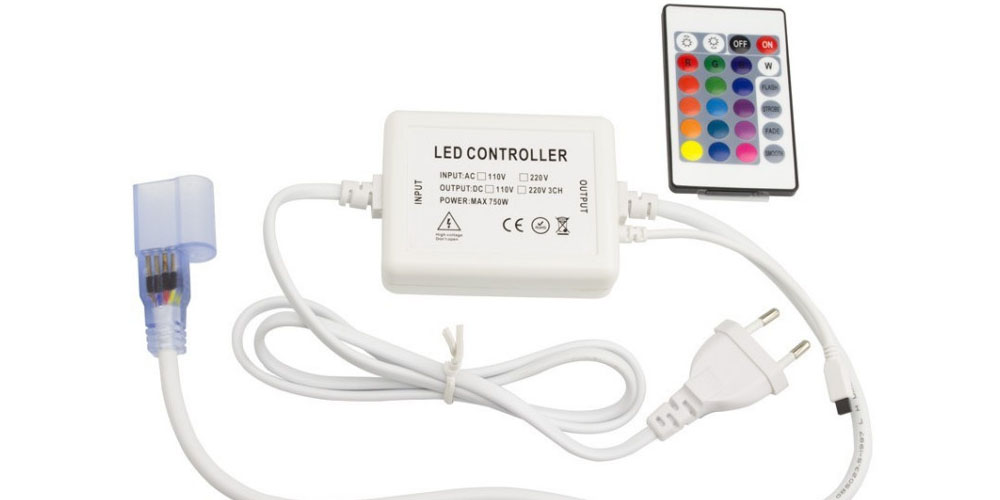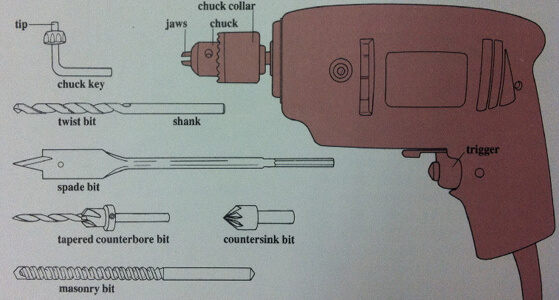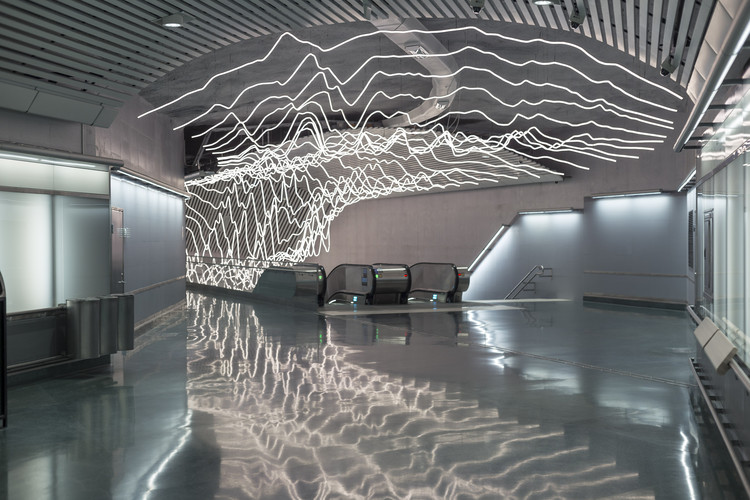You have probably noticed that the DIY LED light colors you can create are not only beautiful, but they are also safe. LEDs are cool to the touch and do not pose a burn or fire risk. Another plus of DIY LED lights is that they last a long time. Most people do not change their bulbs until they burn out, but LED lights don’t need to be replaced as often. Read on for some easy tips for selecting the perfect LED colors for your project.
DIY LED light colors
For example, a white LED light will give off a lemon or pink hue. Adjust the mixture to create a dark or brighter color. You can also add red or yellow to produce orange and coral colors. Adding white will give you a calming effect, but it’s best to experiment a bit to find the right ratio of these colors for your DIY LED lights. A good rule of thumb for choosing LED color is to look for a warm, diffused hue.
Peach and orange are complementary colors. You can use one as a primary color and the other as an accent color. Just remember to understand how each color affects the other. If you want to focus, for example, you should use a yellow or orange LED light as your accent color. You must be careful to avoid blending the colors with each other, as they may block the light’s shine and attract attention to themselves.
Changing the color of LED lights is easier than you think
Smart RGB strips allow you to choose your favorite color by using a smartphone application. You can use Stock Palette to change colors at will. You can even choose the hex code for the color you’re looking for. It’s easy to make your DIY LED lights match the rest of your decor. If you’re not sure, try mixing different shades to see which one you like best.
Depending on the color you want, you may want to experiment with different shades. You can even use different color LEDs to light up walls. The key is to find the right combination of colors and the right color for your DIY LED lights. You can also try making your DIY LED light kits with several colors. Once you’ve decided on your favorite color, you can start making your own. The possibilities are endless! If you have the right materials, you’ll be able to create a great lighting project.
The DIY LED light colors are endless
If you have a favorite color in mind, you can use the extension wire to mix it with it. To mix colors, add some white paint to the rod and use it as a base. Once you’re done, you can stick your DIY LED lights anywhere you’d like. You can even paint the edges of your DIY LED lighting to make it more interesting. You can create rainbows with different color strips if you use the same kind of strips as those you’d find on your wall.
Before you start painting, choose a color. You should choose a color that reflects the mood and the light’s intensity. If you’re aiming for a certain effect, the colors should match each other. Ensure that the lights are in the right position and can easily bounce off objects in the room. It will be easier to customize the DIY LED lights to fit your needs. But you’ll have to decide which color to use.
The color of your LED light is important
The RGB color is the most common. The two basic colors are red, green, and blue. The more LEDs you have, the more likely you’ll have the desired effect. The more features you have, the more you’ll have to test them to see what works for you. The more you experiment with different color schemes, the more you’ll be able to find the best combination for your home.
If you’re looking for DIY LED lights with different colors, you’ll have many options available to you. You’ll be able to create different moods by combining different colors and patterns. You can even make your DIY LED lights a multi-color light. This will add more options to your DIY LED lights and make your home more beautiful. It will also help you save money. But be sure to consider your budget before you buy your DIY LED lights.
















